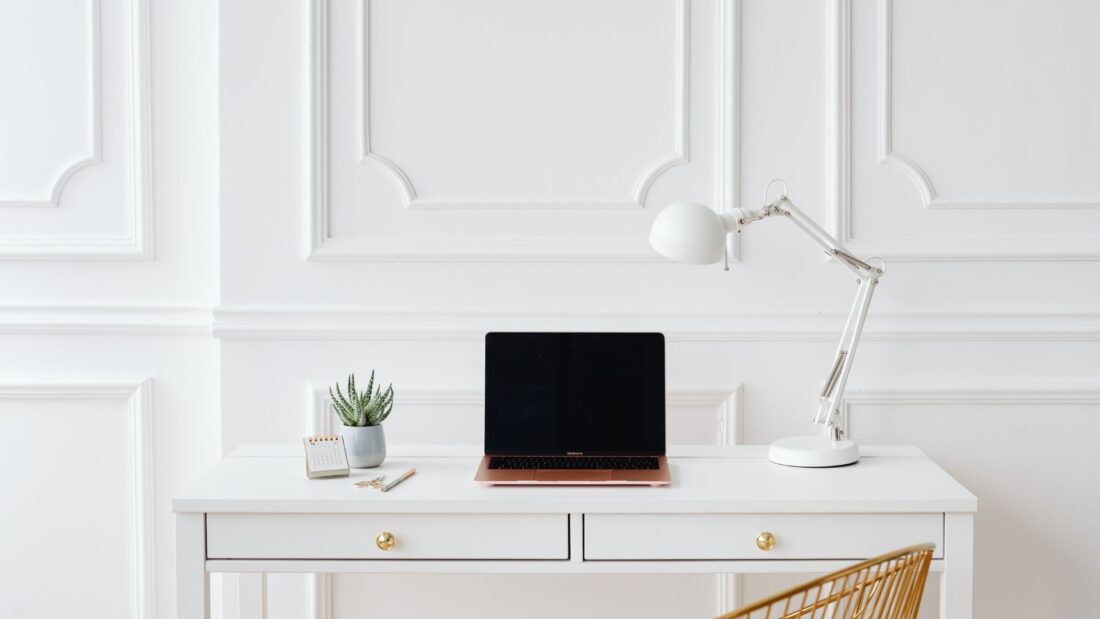Interior Design for Procrastinators: Nudging Towards Productivity
Procrastinators are known to postpone tasks, often prioritizing short-term comfort and enjoyment over completing less pleasant work. Designing an environment for procrastinators presents a unique challenge as it requires integrating motivation, function, and enjoyment into one space. Here are ten interior design ideas that cater to procrastinators, featuring details on how each connects to this personality type and provides tangible design examples.
1. Designated Workspace: Procrastinators need a clear, designated workspace to help differentiate between relaxation and work time. For example, setting up a corner of the living room with a modern, clutter-free desk, a comfortable chair, and a desk lamp can help create a space that encourages focus and reduces the temptation to postpone tasks.
2. Natural Lighting: Natural light is known to improve mood and increase productivity, helping to combat procrastination. Large, unobstructed windows or a sunlit workspace with a view can stimulate a positive mood and motivate a procrastinator to start the day’s tasks.
3. Easy-to-Maintain Design: Procrastinators can be overwhelmed by tasks that appear large or time-consuming. Choosing furniture with smooth surfaces, stain-resistant fabrics, and easy-to-clean materials, like a glass-top coffee table or a leather couch, can make cleaning tasks seem less daunting, reducing the tendency to put them off.
4. Task Lighting: Adequate lighting in specific task areas can make a task seem less strenuous, decreasing the likelihood of avoidance. For example, a desk lamp with adjustable brightness in the workspace, under-cabinet lighting in the kitchen, or a well-lit vanity in the bathroom can make these areas more inviting for use.
5. Organized Storage: Clutter can lead to feelings of overwhelm, encouraging procrastination. Using storage solutions like labelled bins in a craft room, floating shelves for books in the living room, or clear storage boxes in the closet can help reduce clutter and make tidying up less intimidating.
6. Minimal Distractions: A space without unnecessary distractions can help keep a procrastinator focused. For instance, keeping the workspace free from non-essential electronics and using room dividers or screens to separate the workspace from more relaxing areas can help delineate boundaries within the home.
7. Motivational Reminders: Visible reminders of tasks and goals can discourage procrastination. A large whiteboard in the kitchen to jot down meal plans, a corkboard in the home office for to-do lists, or a chalkboard wall in the hallway for family schedules can serve as constant visual reminders of pending tasks.
8. Comfortable Spaces for Breaks: Since Procrastinators are so good at avoiding tasks, they might as well design a comfortable space to rest. A cosy armchair with plush cushions in the living room corner, a hammock on the balcony, or a soft rug in a sunny spot can provide perfect places for relaxing breaks, helping to balance work and rest within the home.
In summary, interior design for procrastinators should combine elements that stimulate productivity, reduce overwhelm, and provide comfort. This careful balance can help transform a procrastinator’s living space into an environment that motivates action and fosters a healthy work-rest balance.





